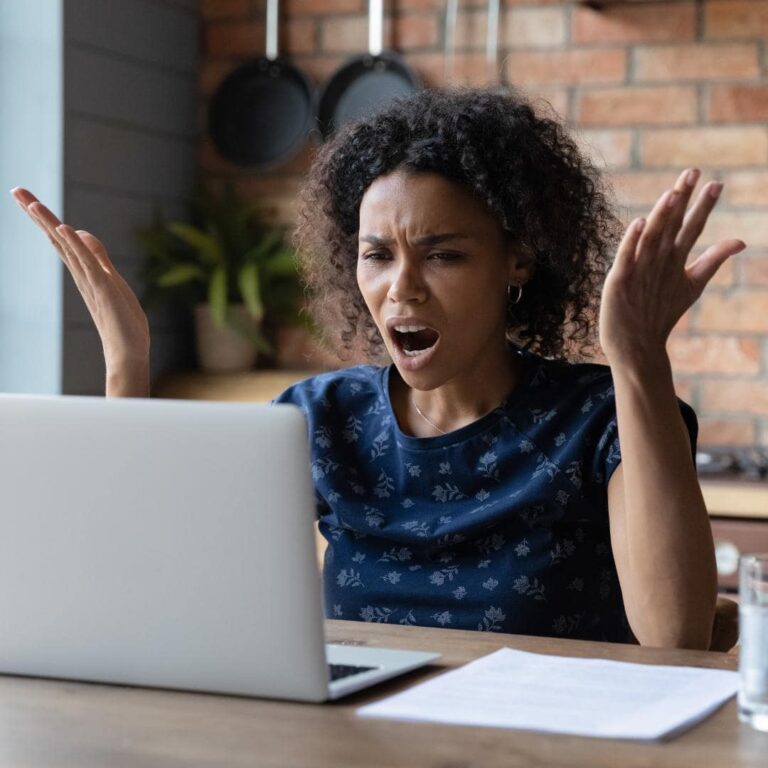Your Easy Guide to Optimizing WordPress Images

Optimizing WordPress Images: Why it Matters
Now, you might be wondering, why all the fuss about optimizing images? Well, friend, let me tell you—it’s not just about making your website look pretty (although that’s certainly a nice bonus). Optimizing your images is like giving your website a turbo boost in the race for user attention.
Faster loading times mean happier visitors, and happier visitors are more likely to stick around and explore what you have to offer. Plus, search engines like Google are all about speed these days, so a speedier site means a better chance of climbing those search result rankings. So, by optimizing your images, you’re not just making your website look good—you’re also setting yourself up for success in the competitive online world.
Step 1: Pick Your Perfect Format
Before making any updates to your WordPress plugins, it’s essential to create a backup of your website. This ensures that if anything goes wrong during the update process, you can restore your site to its previous state without losing any data or functionality. You can use plugins like UpdraftPlus or manually backup your website through your hosting provider’s control panel.
Step 2: Review Plugin Updates
Let’s start by choosing the right outfit for your images! Think of it like selecting the right dress or suit for a special occasion. You’ve got three main options: JPEG, PNG, and GIF. Each has its strengths, so pick the one that best suits your image’s style and needs.
- JPEG (the Photo Pro): Perfect for vibrant photographs with lots of colors.
- PNG (the Versatile Champ): Great for images with transparency or sharp text.
- GIF (the Animated Buddy): Ideal for fun animations or simple graphics.
Step 3: Update Plugins Individually
If you prefer to update all your plugins at once, you can do so by clicking on the “Update Plugins” button at the top of the plugins page. WordPress will then proceed to update all plugins with available updates simultaneously. This method is convenient but may be riskier if there are compatibility issues between certain plugins or with your WordPress version.
Step 2: Give Your Images a Snug Fit
Nobody likes wearing oversized shoes, right? Well, images are the same! Before uploading them to your WordPress site, give them a little trim and resize them to fit just right. This not only speeds up your site but also makes it look sleek and professional.
For example, if you’re downloading stock photos from an online source, you’ll want to download them to 75%. Don’t worry. The photos will still look amazing. They’ll just load faster.
Step 3: Slim Down with Compression
Time to hit the gym and shed some excess weight—image weight, that is! Compression is like a magic wand that trims down those bulky image files without sacrificing quality. It’s a win-win! You can go for “lossy” compression for smaller sizes or “lossless” if you’re all about that image quality.
I use free online image compressors like Online Image Compressor. You can also wait to compress your images with a plug-in, such as TinyPNG or SMUSH. For most websites, the free version is all you need.
Step 4: Chill with Lazy Loading
Lazy loading is like kicking back and relaxing while your website does all the work. Instead of loading every single image at once, lazy loading serves up images as your visitors scroll down the page. It’s like treating your website to a spa day—stress-free and super chill.
Not sure where to find the lazy loading settings? They’ll most likely be with your image optimization plug-in.
Step 5: Add Some Personality with Alt Text
Think of alt text as the charming introduction to your images. It’s not just for show—it’s there to describe your images to people who can’t see them and to help search engines understand what they’re all about. So, sprinkle in some descriptive alt text and watch your SEO game level up!
Step 6: Be a Friend to All Devices with Responsive Images
Your website should look good no matter what device it’s viewed on, right? That’s where responsive images come in. They’re like the chameleons of the image world, adapting seamlessly to different screens and resolutions. So whether your visitors are on a tiny phone or a massive monitor, your images will always look their best.
And there you have it—your ultimate guide to turbocharging your WordPress images! By following these simple steps, you’ll not only make your website faster and more user-friendly but also give it that extra sprinkle of visual magic. So go ahead, give your images the love they deserve, and watch your website shine brighter than ever before!

